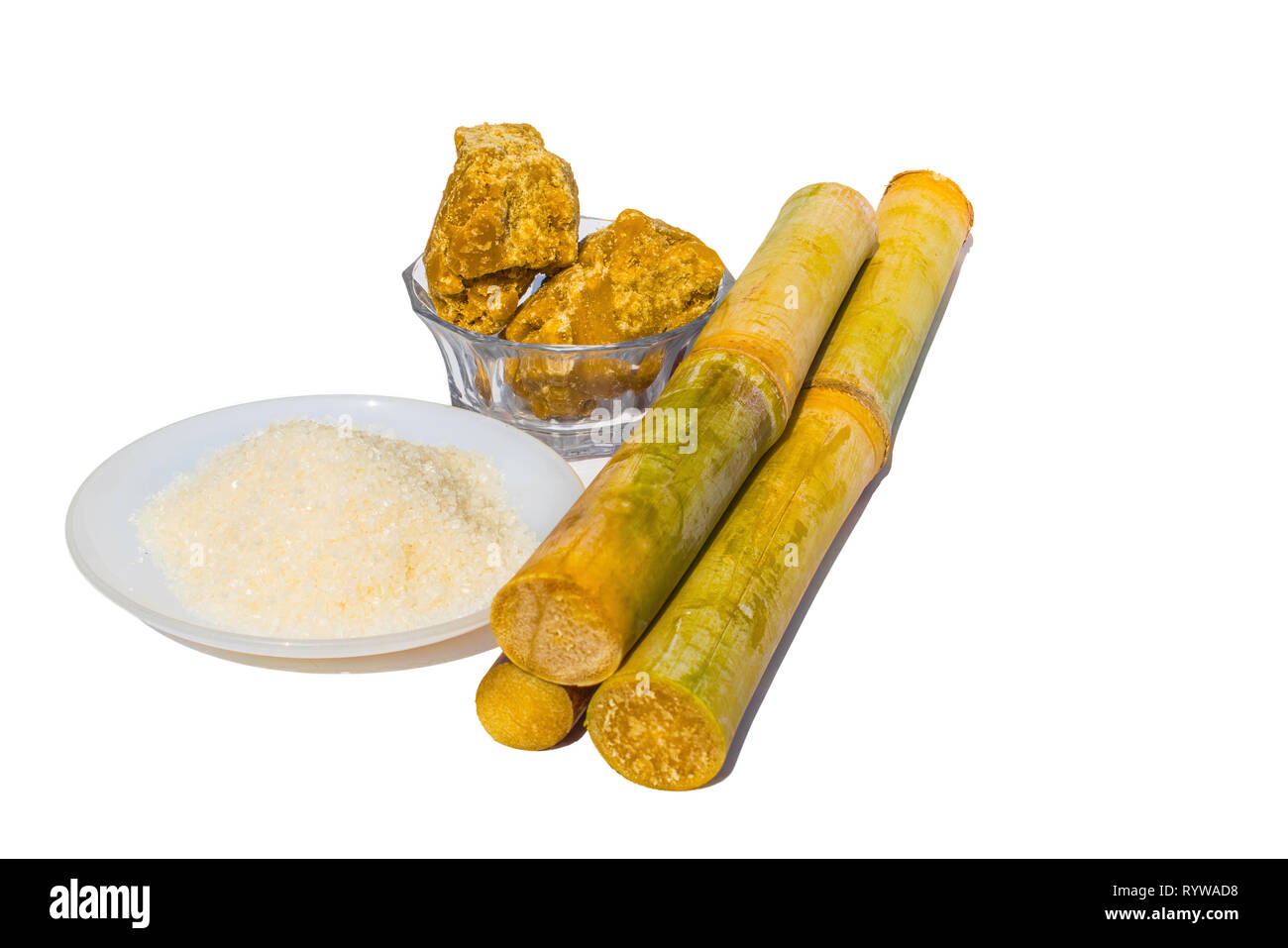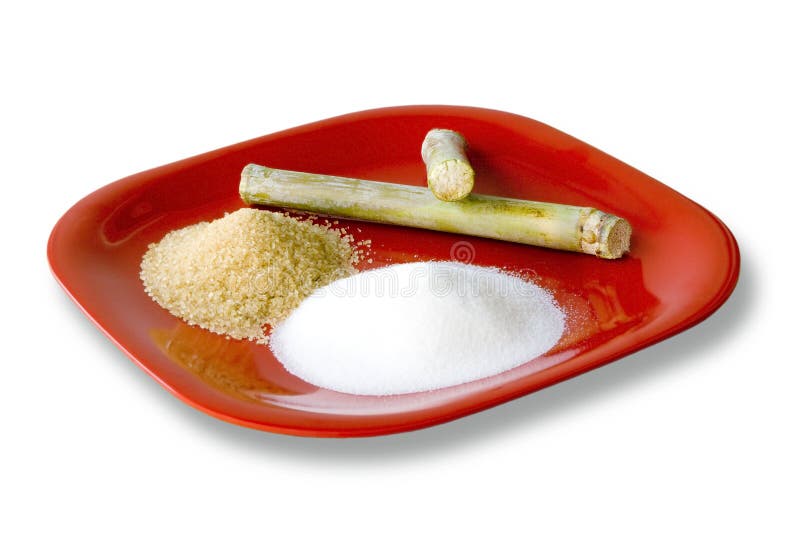Understanding the Manufacturing of Sugarcane Product for Shoppers
Understanding the Manufacturing of Sugarcane Product for Shoppers
Blog Article
The Journey of Sugarcane: From Harvest to Everyday Products
The trip of sugarcane is a multifaceted process that starts with careful growing and culminates in a variety of products that permeate our day-to-days live. From the minute the walking sticks are harvested at their optimal sucrose degrees, they undergo a collection of elaborate steps, including cleaning, crushing, and explanation. These processes not only generate sugar yet likewise unlock a series of byproducts, such as ethanol and naturally degradable packaging products. As we explore the different aspects of sugarcane's trip, its role in sustainability and the broader ramifications for our atmosphere come into sharper focus. What lies beyond the sweet surface?
Cultivation of Sugarcane
The farming of sugarcane is a crucial agricultural process that requires specific ecological conditions and monitoring methods. Optimal growth happens in tropical and subtropical areas where temperature levels range in between 20 ° C and 32 ° C. Adequate rainfall or irrigation is vital, as sugarcane flourishes in moist soil with well-drained problems (sugarcane product). Dirt quality substantially affects yield; thus, farmers usually carry out dirt examinations to establish nutrient needs
Planting commonly occurs in rows, using stem cuttings referred to as setts, which are grown horizontally. This technique facilitates efficient collecting and makes the most of sunlight exposure. Crop turning and intercropping are suggested techniques to improve dirt fertility and minimize insect problems. Farmers employ incorporated pest management strategies to decrease chemical inputs while guaranteeing healthy crop development.
Fertilization is an additional critical aspect, with potassium, phosphorus, and nitrogen being the key nutrients needed for optimum growth. Prompt application of these plant foods can considerably enhance sugar returns. In addition, checking for conditions and bugs throughout the expanding period is critical, as these variables can negatively influence plant health and wellness and efficiency. On the whole, successful sugarcane growing depends upon a mix of ecological stewardship, strategic preparation, and continuous management practices.
Gathering Methods
Effective sugarcane cultivation culminates in the gathering phase, which is pivotal for optimizing yield and ensuring quality. The timing of the harvest is vital; sugarcane is normally gathered when sucrose levels height, typically in between 10 to 18 months after planting. This duration varies based on environment, soil type, and sugarcane range.
Gathering methods can be extensively categorized into manual and mechanical methods. Manual harvesting is labor-intensive, depending on proficient workers that make use of machetes to reduce the stalks short. This approach permits discerning harvesting, where only the ripest walking canes are selected, therefore enhancing total sugar web content.
On the other hand, mechanical harvesting has obtained appeal due to its effectiveness and cost-effectiveness. Specialized farmers geared up with cutting knives and conveyor systems can process large locations quickly, considerably decreasing labor expenses. However, this technique might bring about the incorporation of immature canes and a prospective decrease in sugar top quality.

Regardless of the technique employed, making certain that collected canes are moved swiftly to refining facilities is vital. Trigger managing minimizes putridity and protects the stability of the sugarcane, setting the phase for optimum processing.
Handling Approaches
Handling sugarcane includes a number of vital steps that transform the collected stalks into useful products, mainly sugar and molasses. The preliminary phase is cleaning the walking cane to eliminate dirt and particles, adhered to by the removal of juice via squashing or milling. This process typically uses heavy rollers that damage the walking cane fibers to release the sweet liquid had within.
Once the juice is drawn out, it goes through clarification, where contaminations such as dirt fragments and bagasse are gotten rid of. This is official site usually attained by adding lime and heating the juice, allowing sedimentation. The clarified juice is then More Help concentrated via dissipation, where water material is lowered, resulting in a thick syrup.

Ultimately, the processing of sugarcane not only generates sugar and molasses yet likewise lays the groundwork for various derivatives, which will be explored in succeeding discussions.
Products Derived From Sugarcane
Sugarcane is a functional crop that produces a vast variety of items beyond simply sugar and molasses. Amongst the primary by-products are ethanol and biofuels, which have actually acquired prestige as eco-friendly power sources. Ethanol, created via the fermentation of sugarcane juice, acts as a different to fossil gas and is usually mixed with gas to produce cleaner-burning gas, decreasing greenhouse gas emissions.
In addition, sugarcane is a considerable source of bagasse, the coarse residue staying after juice extraction. Bagasse is used in different applications, consisting of the manufacturing of paper, naturally degradable product packaging, and as a biomass fuel for power generation. Its usage not only reduces waste yet additionally boosts the sustainability of sugarcane handling.
Moreover, sugarcane-derived items include the food industry, where it acts as a natural flavoring representative and sweetener in numerous cooking applications. In the realm of cosmetics, sugarcane extracts are integrated into skincare items due to their natural exfoliating buildings.
Ecological Effect and Sustainability
The cultivation and processing of sugarcane have substantial effects for environmental sustainability. This crop needs significant water resources, often resulting in depletion you can try this out of local water supplies and influencing bordering ecological communities. In addition, the use of plant foods and chemicals in sugarcane farming can cause soil destruction and river contamination, positioning risks to biodiversity.

Lasting sugarcane farming additionally promotes dirt health and wellness via plant turning and lowered tillage, boosting carbon sequestration. The fostering of these methods not just supports ecological honesty but additionally enhances the resilience of farming communities versus climate change.
Conclusion
In summary, the trip of sugarcane incorporates different stages from growing to handling, eventually leading to a wide array of items. The significance of sugarcane extends beyond simple sugar, adding to renewable resource through ethanol manufacturing, lasting product packaging using bagasse, and natural extracts for cosmetics. This multifaceted crop plays an important function in both dietary enrichment and ecological sustainability, highlighting its value in contemporary farming and commercial practices.
Successful sugarcane cultivation finishes in the collecting phase, which is critical for taking full advantage of return and guaranteeing quality. The timing of the harvest is crucial; sugarcane is normally gathered when sucrose levels optimal, generally in between 10 to 18 months after planting.Processing sugarcane entails numerous crucial steps that transform the harvested stalks into useful items, mainly sugar and molasses.Sugarcane is a flexible plant that yields a large range of products beyond just sugar and molasses. Furthermore, the usage of plant foods and pesticides in sugarcane farming can result in dirt destruction and river air pollution, positioning threats to biodiversity.
Report this page